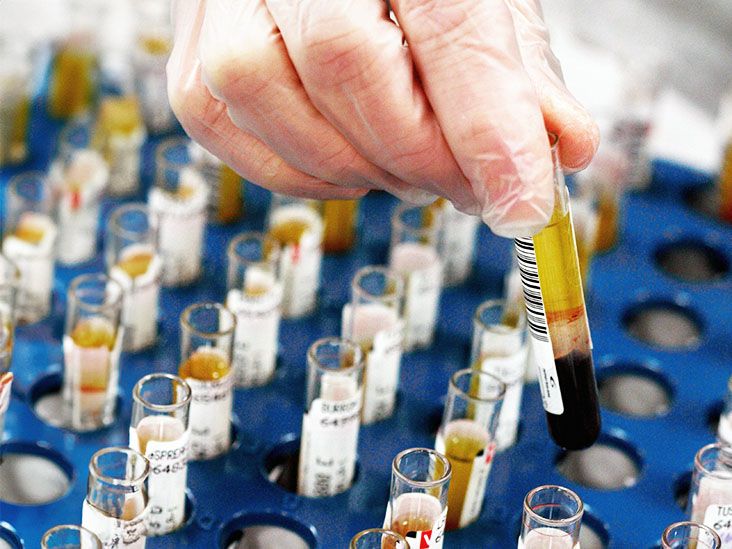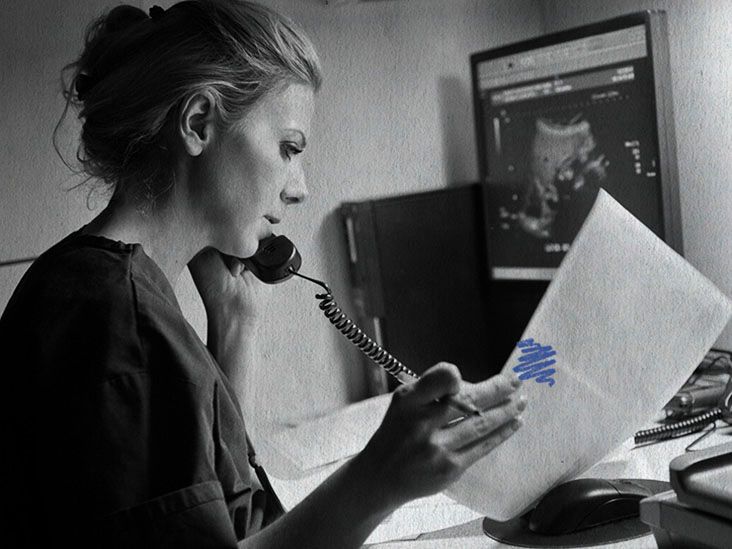Understanding the Connection Between POTS and Eating Disorders
Postural orthostatic tachycardia syndrome (POTS) is a complex condition that affects blood flow and heart rate. An estimated 1 million to 3 million Americans live with POTS. The hallmark sign of POTS is an abnormally high heart rate when moving from a reclining position to standing up. This is accompanied by symptoms like dizziness, fainting, nausea, fatigue, tremors, and headache.
In addition to the rapid heart rate and symptoms upon standing, many individuals with POTS also experience gastrointestinal issues, exercise intolerance, sleep disorders, and mental health challenges like anxiety, depression, and brain fog.
The POTS-Eating Disorder Connection
Recent research has uncovered a connection between POTS and eating disorders like anorexia nervosa, bulimia nervosa, binge eating disorder, avoidant restrictive food intake disorder (ARFID), and unspecified feeding and eating disorders. But what explains this connection?
There are a few potential reasons why POTS and disordered eating overlap:
- Gastrointestinal symptoms associated with POTS like nausea, bloating, early satiety, diarrhea, and constipation can promote disordered eating behaviors as a way to control or avoid unpleasant symptoms.
- The fatigue, reduced quality of life, and mood disorders associated with POTS may trigger the development or recurrence of eating disorders.
- Dietary restrictions used to manage POTS, like increasing fluid and sodium intake, may promote fixation on food and disordered eating habits.
- Autonomic and hormonal dysfunction associated with POTS can disrupt signals between the brain and digestive system that influence hunger, appetite, and satiety.
Warning Signs of an Eating Disorder in POTS
Its important for those living with POTS and their doctors to monitor for any warning signs of an eating disorder. These may include:
- An intense preoccupation with food or rigid dietary rules
- Distorted body image or an extreme focus on weight
- Evidence of binge eating, self-induced vomiting, abuse of laxatives, excessive exercise, or fasting
- Social isolation or withdrawal from friends and family
- Mood changes like depression, irritability, shame, or anxiety
- Denying hunger or making excuses to avoid eating
Getting Treatment for Co-Occurring Conditions
If disordered eating patterns emerge, its important to share this with your medical provider to get the appropriate treatment plan. Healing both conditions concurrently leads to better outcomes long-term. Treatment plans should be customized but often include:
- Seeing an eating disorder specialist for nutritional therapy, meal planning, and counseling
- Collaborating with your POTS specialist on symptom management
- Adding mental health support like psychotherapy or support groups
- Enlisting help from family and friends
The Impact of Eating Disorders on POTS
Just as POTS can influence disordered eating, the reverse is also true eating disorders can exacerbate postural orthostatic tachycardia syndrome. Heres why this occurs:
Low Food Intake Triggers Blood Volume Loss
Many eating disorders involve restriction of overall calories and specific food groups. Low nutrient and fluid intake causes dehydration and reduces overall blood volume. This intensifies orthostatic intolerance and makes POTS symptoms like dizziness, fainting, and tachycardia much worse.
Purging and Laxatives Deplete the Body
Those with bulimia nervosa and binge eating disorder may engage in self-induced vomiting, abuse of laxatives, or excessive exercise to compensate for binges. These purging behaviors flush nutrients and electrolytes from the body, which are already reduced in POTS patients. This can severely worsen fatigue, brain fog, and orthostatic intolerance.
Fear of Food Creates Anxiety
Avoidant/restrictive food intake disorder (ARFID) involves an intense fear or avoidance of certain foods. The anxiety ARFID patients feel around meals makes improving nutrition and hydration very difficult. Managing POTS hinges heavily on proper diet and fluid intake, so fear of food can obstruct treatment.
Best Dietary Approaches for Co-Occurring POTS and Eating Disorders
While every treatment plan will be personal, there are some overarching dietary guidelines that can help simultaneously improve POTS and disordered eating habits:
Stick to Small, Frequent Meals
Large meals can trigger bloating, nausea, diarrhea, and other GI issues in POTS patients. Eating smaller portions 4-6 times daily provides a steady supply of energy and prevents blood being diverted away from vital organs to aid digestion.
Hydrate with Electrolyte Beverages
Staying well hydrated by sipping on electrolyte drinks helps maintain blood volume and circulation in POTS. This prevents spikes in heart rate and dizziness. It also aids gastrointestinal motility and hydrates bodily tissues.
Lower Carbs, Increase Protein and Salt
A diet lower in carbohydrates but higher in proteins and salt can lessen many neurological and cardiovascular POTS symptoms. Protein takes longer to digest so it maintains satiety and stable blood sugar. Added salt retains fluid in vessels and improves symptoms of orthostatic intolerance like fatigue, low blood pressure, and rapid heartbeat.
Lifestyle Changes to Help Both Conditions
Certain lifestyle measures can also minimize POTS episodes and disordered eating habits simultaneously:
Practice Stress Management
Chronic stress and anxiety are major triggers for both POTS flare-ups and eating disorder recurrence. Set aside time for proven stress relievers like deep breathing, meditation, yoga, mindfulness, or spiritual practices according to your personal preferences.
Adopt Regular Eating and Sleeping Patterns
Irregular meals and inadequate sleep disrupt hormones that regulate hunger cues, blood pressure, and heart rate. Making lifestyle more routine stabilizes these biological processes. For POTS patients, sticking to set times for waking, eating, activity, and sleeping is key.
Increase Physical Activity Gradually
Orthostatic intolerance and exercise intolerance often prevent POTS patients from being active. But a tailored exercise plan improves stamina, circulatory function, and quality of life. Adding activity gradually also halts cycles of binge eating and compensatory purging. But take care not to overexert.
Seeking Medical and Community Support
Since POTS and eating disorders both radically reduce quality of life, its vital to access both medical help and community support. This includes:
Connecting with Other Patients
Online and in-person support groups allow people struggling with both conditions to share their stories, find empathy, and exchange treatment ideas. Seeing your experiences reflected in others makes the path forward less lonely.
Collaborating with a Treatment Team
With input from psychologists, dietitians, physical therapists and primary doctors, customized treatment plans can be made to target both diseases simultaneously. This multidisciplinary approach leads to better outcomes.
Considering Emerging Treatment Options
Exciting research on treatments like vasoconstrictor medication, compression garments, IV saline, and specialized exercise are showing promise for POTS. There are also many new therapies for eating disorders like EMDR, DBT, and intuitive eating approaches. Discuss innovations with your practitioners.
Living with postural orthostatic tachycardia and disordered eating is extremely difficult. But utilising evidence-based strategies for symptom management, making lifestyle changes to support wellbeing, and seeking robust medical and community reinforcement provides the best chance of overcoming both conditions.
FAQs
What are some early warning signs of an eating disorder in someone with POTS?
Early signs may include intense fixation on food or calories, distorted body image, evidence of bingeing or purging behaviors, social isolation, mood changes like anxiety or depression, denying hunger, and using food to deal with unpleasant emotions.
Why do POTS and eating disorders often occur together?
There are a few reasons why POTS and disordered eating overlap - POTS GI issues can promote restrictive eating, POTS-related fatigue and mood issues may spur on disordered habits, dietary modifications for POTS may become unhealthy obsessions, and hormonal disruptions in POTS patients influence signals of hunger and fullness.
How can you manage both POTS and an eating disorder at the same time?
Treatments should be customized but often include seeing an eating disorder dietitian and therapist, collaborating with your POTS specialist, enlisting mental health support, sticking to small frequent meals with protein and electrolytes, practicing stress reduction techniques, adopting regular eating/sleeping patterns, and gradually increasing physical activity.
Why can eating disorders make postural orthostatic tachycardia syndrome worse?
Restrictive eating lowers blood volume which increases orthostatic intolerance, purging behaviors deplete electrolytes impacting fatigue and brain fog, fear of food causes anxiety inhibiting POTS dietary treatment, and meal avoidance leads to unstable blood sugar and dehydration exacerbating symptoms.
Disclaimer: This article is for informational purposes only and does not constitute medical advice. Always consult with a healthcare professional before starting any new treatment regimen.



























Add Comment